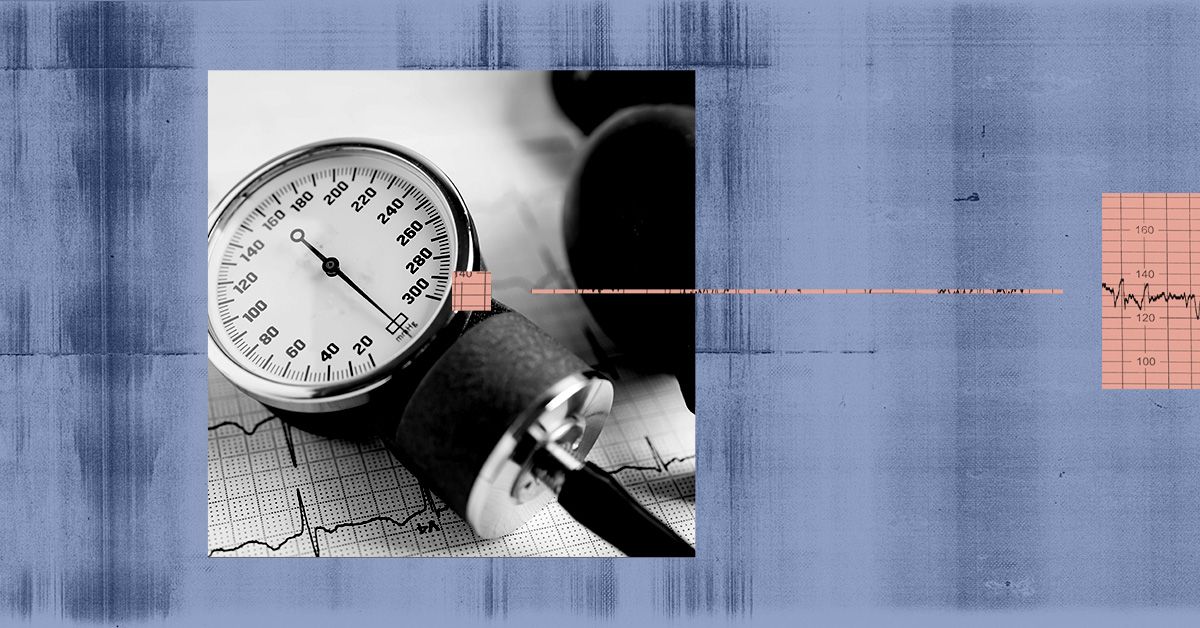Accurate blood pressure readings are crucial for preventive health care, as they can signal underlying health issues such as hypertension or hypotension. Researchers from Johns Hopkins Medicine recently conducted a study that found certain arm positions commonly used for blood pressure readings may lead to inaccurately high readings, potentially resulting in misdiagnosis of high blood pressure. This is important because high or low blood pressure can lead to serious complications like heart disease, stroke, organ issues, and dementia. Tammy M. Brady, MD, PhD, vice chair for clinical research at Johns Hopkins University School of Medicine, explained that proper blood pressure measurement is essential for diagnosing and treating hypertension and preventing cardiovascular disease.
For their study, researchers recruited 133 adult participants and randomly assigned them to receive blood pressure measurements with their arms positioned in three different ways — supported on a desk, supported on their lap, or hanging at their side. The results showed that systolic blood pressure readings were overestimated by up to 7 mmHg when the arm was unsupported or supported on the lap, compared to when the arm was supported on a desk. Brady explained that when the arm is lower than the heart, blood vessels in the arm constrict and the muscle contracts, leading to higher blood pressure readings. Improper arm position and support can lead to overestimation of blood pressure, potentially resulting in overdiagnosis and overtreatment of hypertension.
Cheng-Han Chen, MD, a board-certified interventional cardiologist, commented on the study, stating that the difference in blood pressure readings based on arm position could lead to unnecessary medication changes or starting new medications. He emphasized the importance of having the arm supported on a surface, such as a table next to a chair, during blood pressure measurements, whether at home or at the doctor’s office. Brady also highlighted the need for healthcare providers to ensure proper blood pressure measurement settings to avoid misdiagnoses, which can lead to improved patient care and cost savings in the long run.
The study findings indicate that healthcare providers and patients need to be aware of the impact of arm position and support on blood pressure readings to ensure accuracy and prevent misdiagnosis. Proper blood pressure measurement techniques not only improve patient care but also save time, resources, and money by reducing repeat appointments, staff training costs, and unnecessary medications. The study serves as a reminder of the importance of taking blood pressure accurately to detect underlying health issues early and provide appropriate treatment. By following recommended guidelines for blood pressure measurement and ensuring proper arm support, healthcare providers can improve the quality of care and outcomes for their patients.
In conclusion, accurate blood pressure measurement is essential for the diagnosis and treatment of hypertension, which is crucial for preventing cardiovascular disease. The recent study from Johns Hopkins Medicine highlights the impact of arm position on blood pressure readings and the potential for misdiagnosis due to improper measurement techniques. Healthcare providers and patients should be mindful of the importance of arm support and position during blood pressure measurements to ensure accuracy and avoid unnecessary treatments. By investing in time and resources to set up proper measurement settings, healthcare facilities can improve patient care, reduce misdiagnoses, and save costs in the long run. Proper blood pressure measurement techniques are crucial for early detection of health issues and providing appropriate care to patients.










